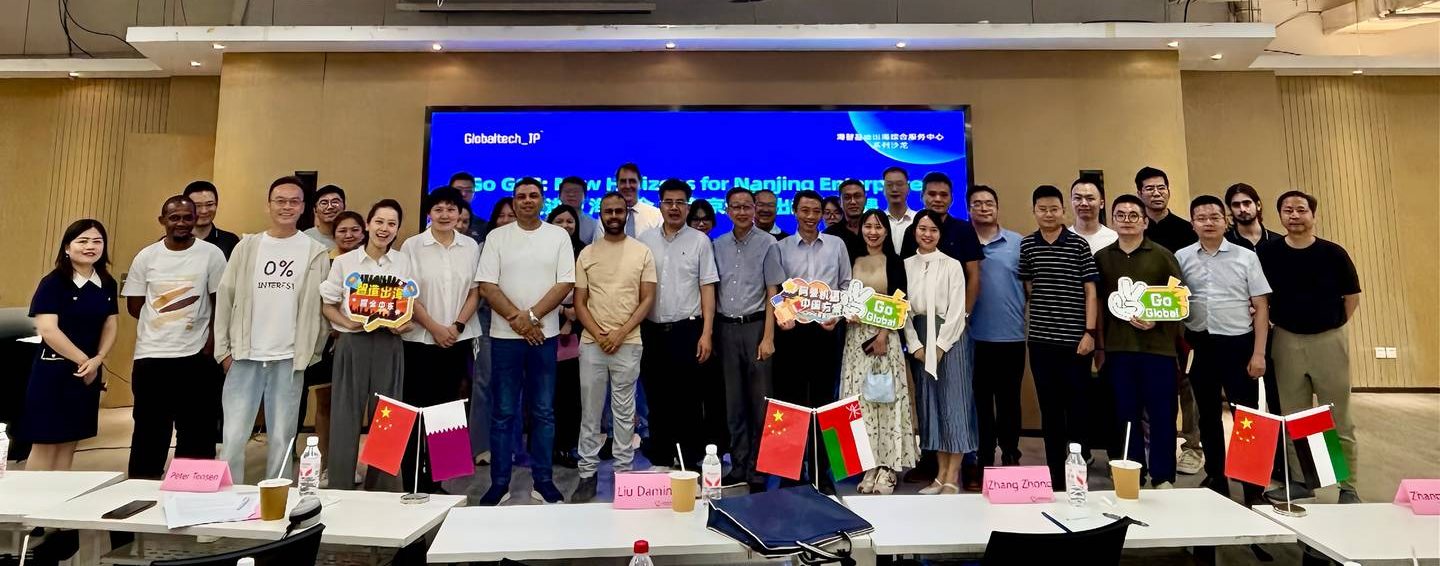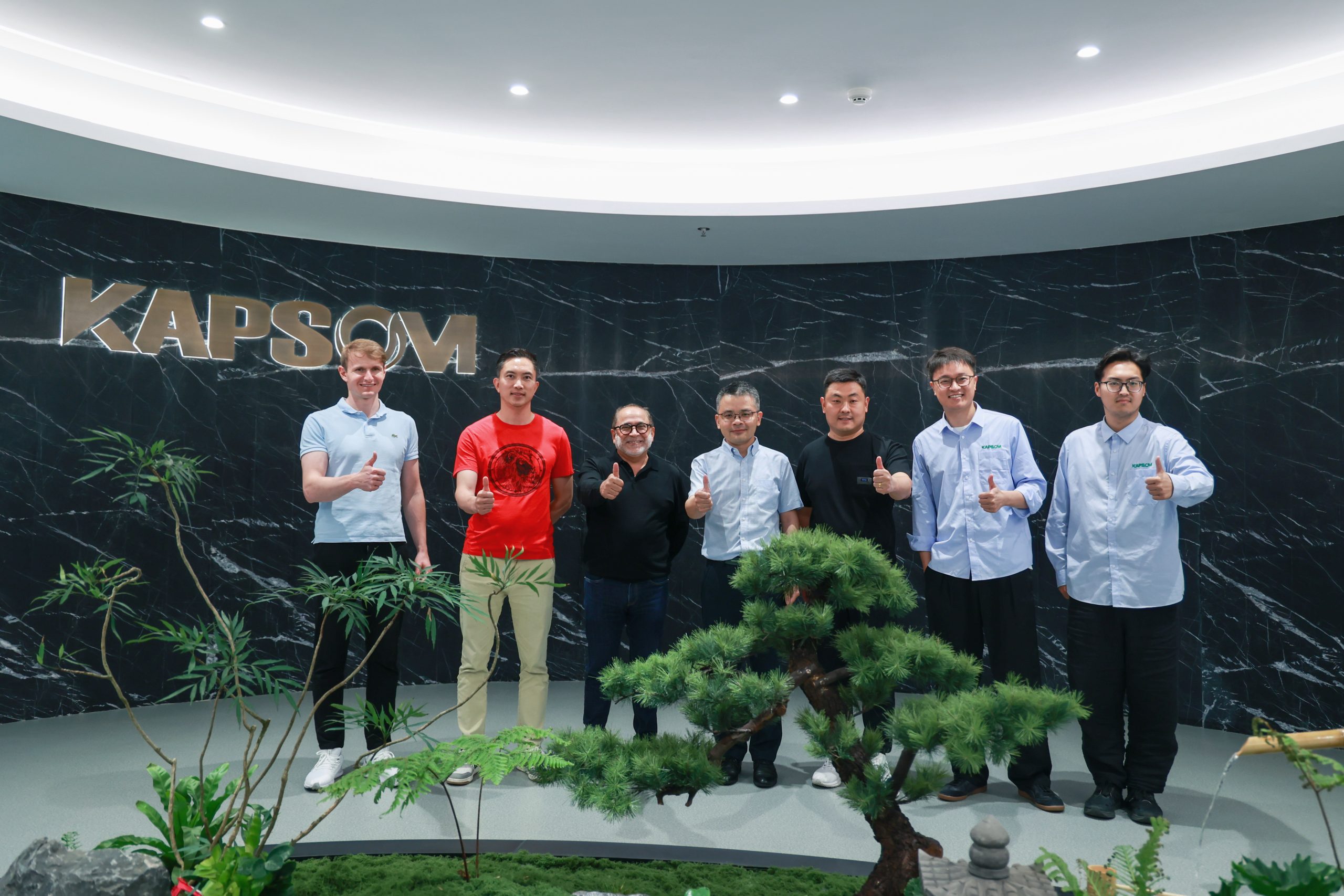On September 23, 2024, the head of the Hydrogen Energy Division of KAORI visited KAPSOM. The two parties engaged in in-depth discussions and exchanges on topics such as high-purity hydrogen applications and ammonia cracking technology.

Introduction of KAORI
KAORI was established in 1970 and specializes in heat treatment technology, encompassing areas such as heat treatment, copper brazing, and vacuum hard soldering. In 1992, KAORI launched its own brand products, including critical components like plate heat exchangers and SENGIMIA roller wheels. In recent years, KAORI has actively expanded into the energy-saving and hydrogen energy markets, developing green energy products. As the only local manufacturer in Taiwan, KAORI’s products have been exported to over 70 countries worldwide. The company is committed to the principles of ESG (Environmental, Social, and Governance), focusing on the development of the circular economy and fuel cell technology, thereby promoting the widespread application of hydrogen and green energy.

Exploring the Cutting Edge: The Future of Ammonia and Hydrogen
Hydrogen, as a crucial component of the global energy transition, has garnered widespread attention due to its efficient and carbon-free characteristics. However, the low density of hydrogen and high transportation costs pose significant technical challenges for large-scale commercialization. Ammonia (NH₃) serves as an ideal carrier for hydrogen, offering convenient storage and transportation at ambient temperature and pressure. It is a key solution for addressing the challenges of large-scale hydrogen commercialization.

Hydrogen fuel cells are gradually emerging as a key technology for the energy transition due to their efficient, clean, and sustainable characteristics. Unlike traditional internal combustion engines, hydrogen fuel cells convert hydrogen directly into electrical energy through electrochemical reactions, producing only water and heat as byproducts, resulting in nearly zero emissions. This technology has widespread applications in the transportation sector, particularly for heavy-duty vehicles, buses, trains, and ships that operate over long distances. Hydrogen fuel cells not only provide extended range capabilities but also significantly reduce refueling times. Additionally, hydrogen fuel cells demonstrate substantial potential in distributed power generation and backup power systems, positioning them as a vital pillar of future green energy systems.
Creating a New Era of Green Energy Together
As the global energy transition accelerates, the innovative application of hydrogen technology has become a central element of emission reduction strategies for various countries. Ammonia, as an ideal carrier for hydrogen, has applications that extend beyond hydrogen transportation to areas such as hydrogen turbines and hydrogen internal combustion engines. Hydrogen turbines generate efficient, carbon-free energy by using hydrogen as a fuel to drive turbines for electricity generation, while ammonia serves as a medium for storing and transporting hydrogen, which can be converted back into hydrogen through cracking technology. This process not only reduces the costs associated with hydrogen storage and transportation but also effectively addresses safety challenges during transit.

Hydrogen internal combustion engines utilize hydrogen as a substitute for traditional fuels, achieving low-carbon and clean combustion, while the high-purity hydrogen produced through ammonia cracking further enhances combustion efficiency and environmental performance. By combining ammonia and hydrogen internal combustion engine technologies, heavy-duty transportation, shipping, and aviation sectors stand to benefit from this innovative solution, paving new technological pathways to reduce carbon emissions and achieve net-zero targets.
The exchange with KAORI’s hydrogen energy experts has laid a solid foundation for mutual development in the fields of ammonia cracking and hydrogen applications. We will continue to increase our investment in the research and development of ammonia cracking technology, promoting ongoing innovation and application of this critical technology. At the same time, both parties will maintain close contact, leveraging each other’s strengths in ammonia cracking, fuel cells, and heat treatment to jointly advance the innovative development of global green energy. Together, we aim to contribute more to the global energy transition and a sustainable, green future.
For more information about KAPSOM and its initiatives, please contact dongling@kapsom.com.






